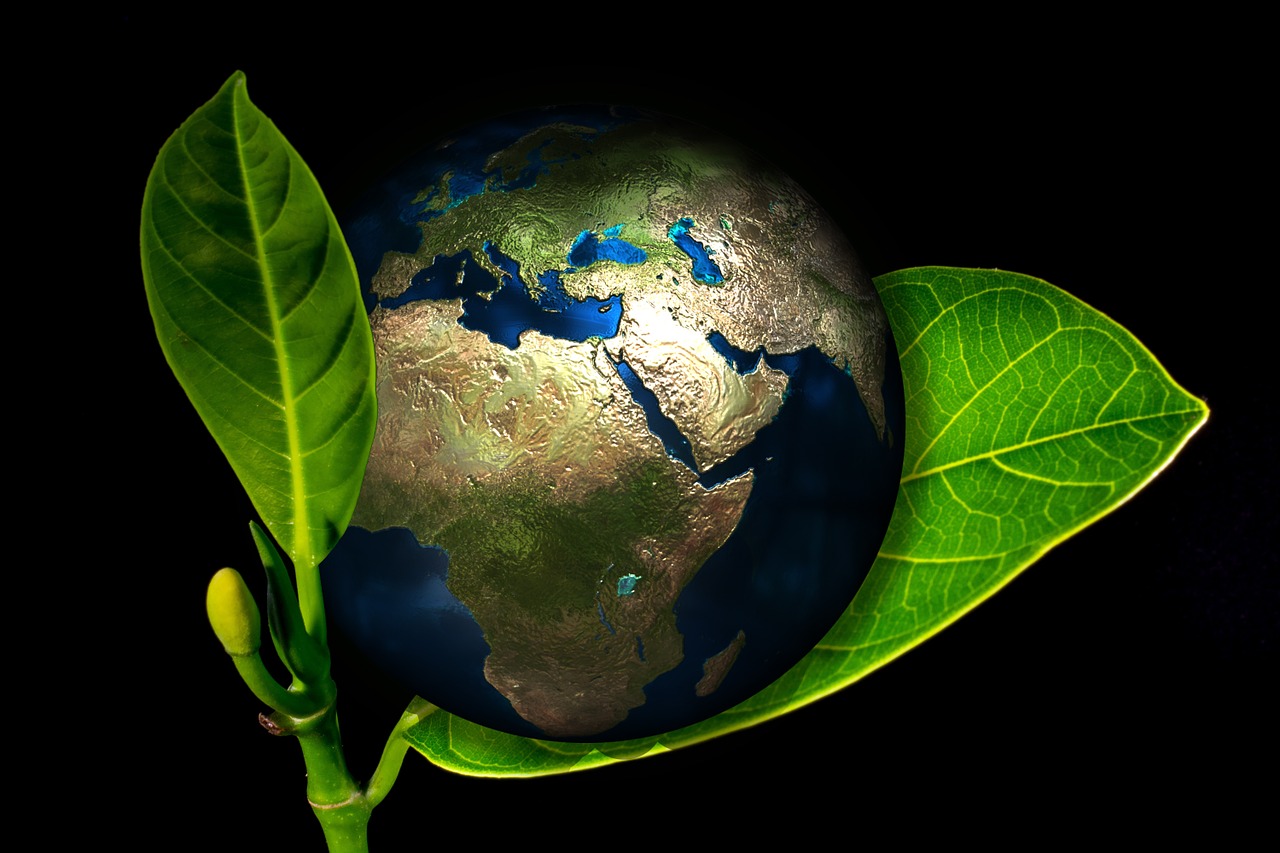Translating deep thinking into common sense
The True Meaning of Gaia

By Robin Craig
December 21, 2014
SUBSCRIBE TO SAVVY STREET (It's Free)
Dr James Lovelock’s Gaia Hypothesis, first put forward in the Sixties, has continued to attract much interest. The concept of the earth as a self-regulating ‘super-organism’ is especially attractive to those who see in it a justification for ‘green’ policies: from simple environmental preservation and waste control, all the way to ‘animal rights’ and anti-technology green radicalism. But what exactly does it entail, and what are its true consequences?
When pressed by criticism, or simply by the desire for more respectability among hidebound reductionists, Gaians often fall back to what one might call the ‘Weak Gaia Hypothesis’: the non-controversial ideas that living systems modify their environment, and that complex ecosystems tend to be stable.
Emboldened by success with the Weak Hypothesis, proponents then proceed to the ‘Strong Gaia Hypothesis’ as if it follows naturally. This proposes that the Earth is a super-organism, which in some mystical way regulates life and non-life for the benefit of the whole: a kind of planetary communism. The rocks, the germs, the worms, the men: all are here to live as one, in glorious equality and noble self-sacrifice.
Once this is accepted, grimmer extensions sprout. Mankind means nothing to Gaia, and we’d better behave lest she spit us out! Or even more extreme, not only does Gaia not care about us, but in the final analysis it doesn’t really matter if we and all other life on the planet are exterminated. Gaia doesn’t care about such trivial details as individual species (let alone individual people!), and in time she will rise again like a phoenix from her own ashes. All that matters is Gaia herself. I call this the ‘Gaia-With-Real-Muscles Hypothesis’.
However, all of the above are but hints of the real nature of Gaia, which I now unveil to the world as the ‘Gaia-on-Steroids Hypothesis’. While the Strong and Real-Muscles Hypotheses are important contributions to the Gaia paradigm, they are mere shadows of the true meaning and purpose of Gaia, now revealed: a Grand Unified Theory of Gaia, as it were. Consider the following:
- Over millions of years, Gaia has laid up vast amounts of coal, oil, and gas reserves: a kind of planetary fat. In addition, Gaia has arranged for the convenient distribution of supplies of various fissionable elements.
- Despite Gaia’s renowned self-regulation, we are told that atmospheric greenhouse gases have been rising steadily ever since the start of the industrial revolution. Yet, it has been estimated that termites alone annually produce ten times more greenhouse gases than present world industry. Gaia seems unwilling to cope with the small excess we produce.
- Ideas for terraforming lifeless planets are being developed. Why? Any results would be so far in the future that there can be no conceivable benefit for their inventors.
- Even planets don’t live forever. Any moment, Gaia might be sterilized by a nearby supernova or a massive meteorite impact. If not, the sun will eventually fry us. So like all living things, Gaia must die, and Gaia must reproduce.
It all makes perfect sense, when it is realized that human beings are the spores of Gaia. The only way for Gaia to reproduce is by producing intelligent life. By means of technological and industrial development, intelligent life can spread out through the galaxy, seeding dead planets with life so that ultimately they can develop into new Gaias.
Thus are the above points simply explained. Gaia laid down energy reserves to enable the industrial/scientific revolution to grow. Gaia’s breeding urge generates our urge to move into space and to terraform other planets. Gaia’s apparent failure to absorb our puny industrial wastes is not failure, but her message that she wants us to leave, to take her seeds into space.
Observe nature to learn the nature of Gaia. The mushroom grows silently in the ground for most of its life, then sprouts in brief magnificence to release millions of spores, and dies. A flower blooms, sets seed, and withers: ‘The flower that once has bloomed forever dies’ (Omar Khayyam). A mother nurtures her young while they are helpless then chases them away when they mature, so that they may spread her genes.
The message is clear. We must use the energy reserves laid up by Gaia for us. We must pillage the earth in order to most rapidly spread the seeds of life to the stars. To Gaia, the present diversity of species is no more important to her ultimate purpose than the anaerobes who were banished to the fringes when oxygen-based life arose. Indeed, it is our sacred duty to do whatever we must to disperse life, however much we might love trees and small furry animals. Gaia herself demands it!








